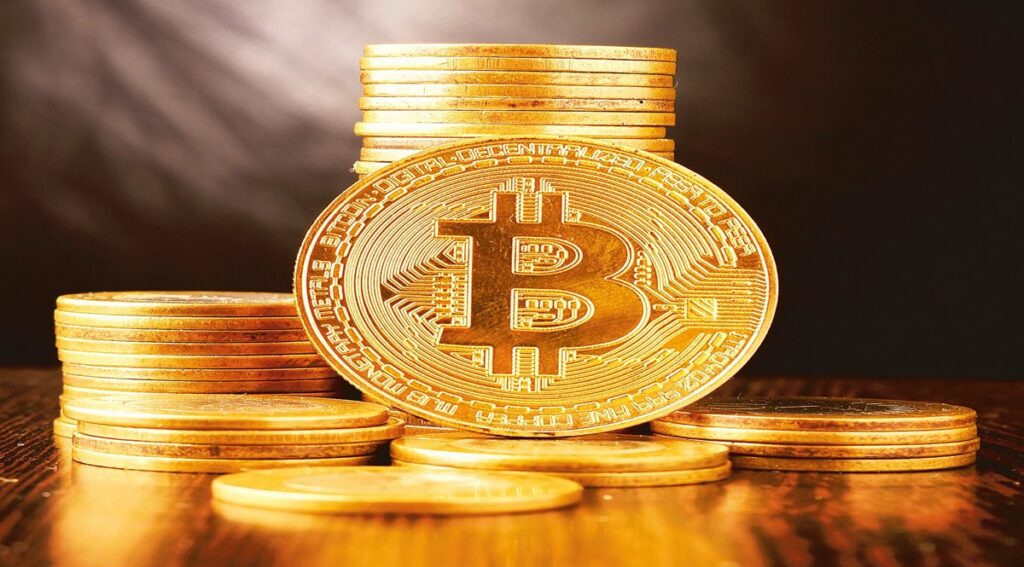By Shubhangi Shah As we are still wrapping our heads around Web3, with its blockchain, metaverse, and digital avatars , technologies that still seem futuristic, Twitter founder and former chief Jack Dorsey is already speaking of a Web5. The announcement was made during a Web3 festival last month. It is his vision of a decentralised future web that is run on Bitcoin, with user data and identity at the heart of it.
Post the announcement, Dorsey said, “This will likely be our most important contribution to the internet. ” The project is being developed by The Block Head (TBD), the Bitcoin unit of Dorsey’s Block, a financial payments and digital payments company that he founded with billionaire businessman Jim McKelvey. What are Web 1, 2, & 3?Before delving into Web 5, let’s go through its predecessors.
Web 1 can be termed as the first-generation internet, the read-only type that consisted of static web pages with a passive, one-way engagement. Then came Web 2, which possessed the ability to both read and write. Here, the users could flexibly engage with the servers and other users, and led to the formation of what is called the social web.
Web3 is a developing version of the web, which is run on the blockchain with decentralisation at its heart. It’s the read-write-execute web, where users can interact with one another without the need of an intermediary. This does away with the threat of censorship from the government or the big tech companies that control today’s internet.
Web5: A peek into the futureDorsey calls Web5 a combination of Web2 and Web3. While the latter is being developed on a number of blockchains, Web5 is conceptualised to be built on Bitcoin. It’s crucial to clarify here that Web5’s monetary layer will be built on the foundation of Bitcoin.
However, its other components will be built based on varying technologies. Web5 was announced by the TBD during CoinDesk’s Consensus Festival in June 2022. Speaking about it to the media house, Dorsey’s TBH had said, “Identity and personal data have become the property of third parties”.
Elaborating on Web5, it added, that it “brings decentralised identity and data storage to individuals’ applications. It lets developers focus on creating delightful user experiences while returning ownership of data and identity to individuals”. It should be noted here that data protection has become a key issue in how today’s web works.
The tech platforms today collect users’ data with the threat of it being sold to another party. Just like Web3, Web5 will allow users to interact without an intermediary, bringing down the threat of censorship by the government and the big tech companies. Another aspect of Web5 is the decentralised identity, which would allow users to hop from application to application without the need to log in explicitly.
Why is Dorsey creating web 5?Web3 is still developing. Its concept is still understood by a few tech developers and experts. So why is Dorsey developing its successor when the previous technology is still in the pipeline? The central idea behind Web3 is to create an internet that is decentralised, which means that it is free from the control of a few large tech companies.
It is based on blockchain, the same technology that runs the whole cryptocurrency game. However, Dorsey does not seem to believe that it is fully free. “You don’t own web3,” he had said in a tweet in December last year.
“The VCs and their LPs do. It will never escape their incentives. It’s ultimately a centralised entity with a different label.
Know what you’re getting into…,” he added. He had also shared a meme on how the venture capitalists (VCs) would benefit from it. In another tweet, he appeared to hint that this space is already controlled by the venture capitalist firm Andreessen Horowitz, a Web3 advocate and an early backer of the social media giant Facebook, now Meta.
It happened when Tesla chief Elon Musk, another tech bigwig who has expressed doubt over Web3, tweeted, “Has anyone seen web3? I can’t find it. ” “It’s somewhere between a and z ,” Dorsey had replied. How Web5 might look likeOn its website, the TBD paints a few pictures of what Web5 might look like.
One of them involves ‘Alice’ who holds a “digital wallet that securely manages her identity, data, and authorisations for external apps and connections”. She “uses her wallet to sign in to a new decentralised social media app”. Since Alice was already connected with the app, she “does not need to to create a profile”.
Also, all the connections, relationships and posts she creates through the app are stored with her, in her decentralised web node. Now Alice can switch apps whenever she wants, taking her social persona with her. Another example involves Bob, another Web5 user.
A music lover, he “hates having his personal data locked to a single vendor as it forces him to regurgitate his playlists and songs over and over again across different music apps”. “Thankfully there’s a way out of this maze of vendor-locked silos: Bob can keep this data in his decentralised web node. This way Bob is able to grant any music app access to his settings and preferences, enabling him to take his personalised music experience wherever he chooses,” it explains.
The web controlled by tech companies has come up to be a big problem. It poses a threat to censorship, on the one hand, and users’ data, on the other. How new technologies will develop to tackle these, time will tell.
.
From: financialexpress
URL: https://www.financialexpress.com/industry/web5-future-of-internet/2588541/
